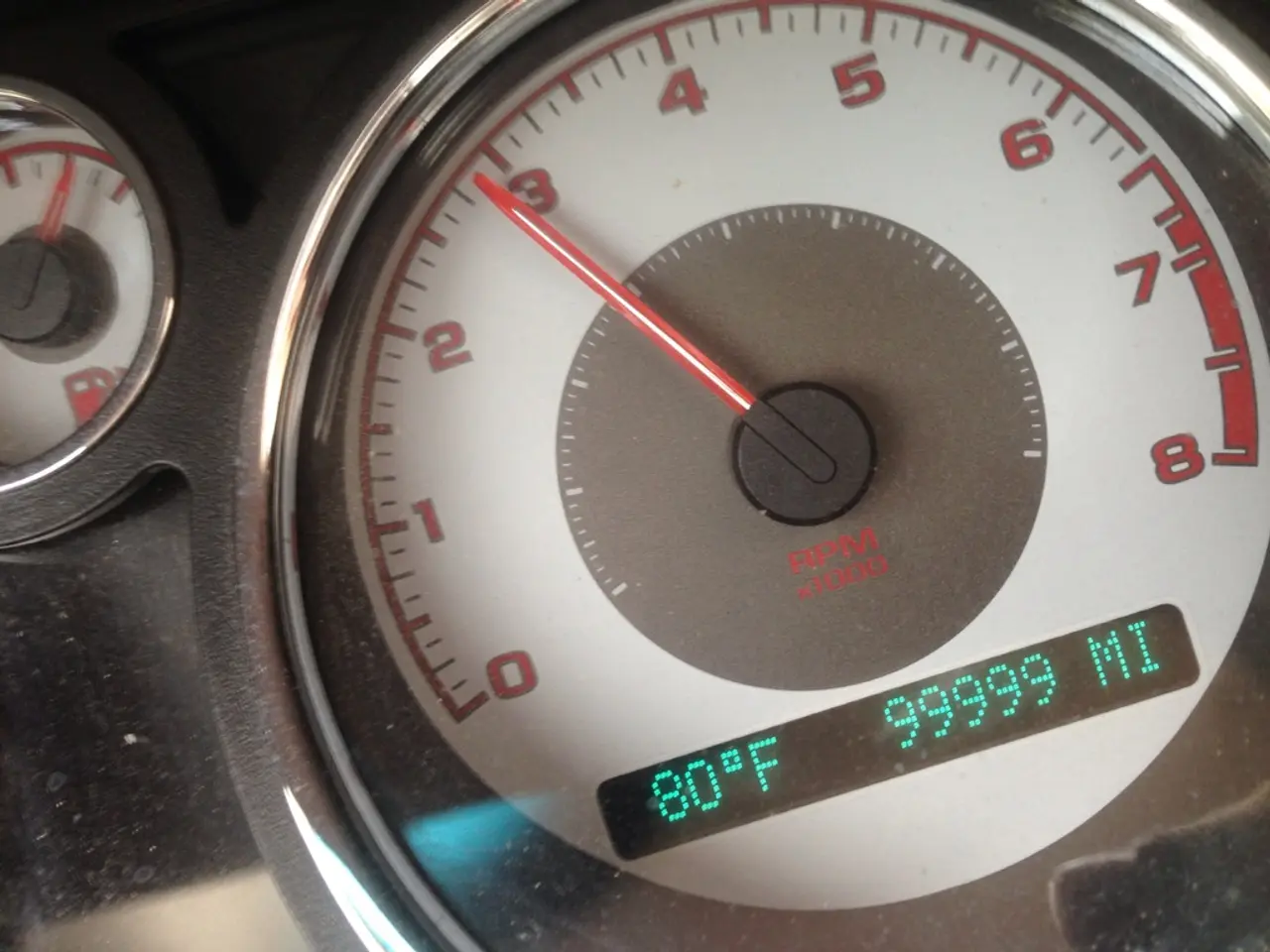Investigating the Fuel Efficiency of Your SUV, Utility Vehicle, or Car: Does It Meet the Advertised Consumption Standards?
In a recent report by the Australian Automobile Association's (AAA) Real-World Testing Program, it has been revealed that the fuel consumption rates of various popular vehicles in Australia are significantly higher than the figures claimed by car manufacturers based on laboratory tests.
The program tested 114 vehicles, finding that 77% of them consumed more fuel than their official combined cycle figures. For instance, 11 out of the last 30 tested vehicles burned 10% or more fuel than manufacturers’ claims. However, some vehicles like the Kia Cerato small hatch and the Volkswagen Tiguan SUV achieved real-world fuel consumption close to or even better than lab results by 10-13% less fuel use.
One of the vehicles that showed a considerable discrepancy was the Toyota Fortuner, which consumed 16% more fuel than advertised according to the AAA's Real-World Testing Program. Similarly, the Ford Ranger used 6% more fuel in real-world tests compared to the lab test. On the other hand, the Ford Transit Custom used 9% less fuel in real-world tests compared to the lab test.
The Hyundai Kona Hybrid recorded the greatest discrepancy, using 33% more fuel on-road than in its laboratory test. Other vehicles that showed significant fuel consumption discrepancies include the Toyota Prado, the Nissan X-Trail e-Power, and the Hyundai Tucson, which all used more fuel than their mandated lab tests.
The discrepancies arise because mandated lab tests cannot fully replicate real driving conditions, including variations in driving style, traffic, road types, and climate. Additionally, plug-in hybrid electric vehicles (PHEVs) often show especially optimistic fuel consumption claims that are rarely achievable in daily use due to differences in testing protocols and charging behavior.
The AAA Real-World Testing Program measures the on-road fuel use and emissions performance of new Australian vehicles. The program's scope will expand with the release of its first electric vehicle results in 2025.
Consumers and fleet buyers in Australia are advised to consider real-world testing data rather than relying solely on fuel consumption figures derived from laboratory tests, as the lab-derived numbers tend to be overly optimistic and may not translate into actual running costs or emission reductions.
In the latest round of testing, three small cars, one medium car, eight medium SUVs, and eight small SUVs were tested. Among the small SUVs, fuel consumption discrepancies were found in seven vehicles, with the Kia Stonic small SUV using 26% more fuel than the mandated lab test. Eight small cars were also tested, with fuel consumption discrepancies found in three vehicles, including the MG3 and the Mazda3.
The AAA's Real-World Testing Program has been instrumental in shedding light on the gap between lab test results and real-world fuel consumption rates. As more and more vehicles hit the Australian market, it is essential for consumers to have accurate information to make informed decisions about their vehicle purchases.
[1] AAA Real-World Testing Program: https://www.aaa.com.au/newsroom/press-releases/2023/real-world-fuel-consumption-rates-of-suvs-utes-sedans-and-hatchbacks-in-australia-are-often-significantly-higher-than-the-fuel-consumption-figures-claimed-by-carmakers-based-on-laboratory-tests-according-to-the-australian-automobile-association-s-real-world-testing-program/ [3] AAA Real-World Testing Program: https://www.aaa.com.au/newsroom/press-releases/2023/more-than-70-of-vehicles-tested-by-the-aaa-s-real-world-testing-program-used-more-fuel-than-advertised-with-discrepancies-ranging-typically-from-6-to-31-higher-fuel-consumption-on-the-road-than-in-the-lab-according-to-the-program/ [5] AAA Real-World Testing Program: https://www.aaa.com.au/newsroom/press-releases/2023/plug-in-hybrid-electric-vehicles-often-show-especially-optimistic-fuel-consumption-claims-that-are-rarely-achievable-in-daily-use-due-to-differences-in-testing-protocols-and-charging-behaviour-according-to-the-aaa-s-real-world-testing-program/
- The discrepancies between lab test results and real-world fuel consumption rates have been highlighted by the AAA's Real-World Testing Program.
- It's crucial for consumers to consider real-world testing data when making vehicle purchasing decisions, as lab-derived numbers may not translate into actual running costs or emission reductions.
- In the realm of personal-finance and business, understanding the true fuel consumption of vehicles is important for fleet buyers to make wise investment decisions.
- The AAA's Real-World Testing Program provides valuable insights into technology, including the effectiveness of fuel efficiency in different vehicles, which can affect general-news and education-and-self-development regarding sustainable living and environmental conservation.
- As we move towards a more technologically advanced society with increasing focus on electric vehicles, the AAA Real-World Testing Program will continue to play a significant role in ensuring accurate information is available to the public, impacting entertainment, lifestyle, and sports by shaping consumer preferences and behavior.




